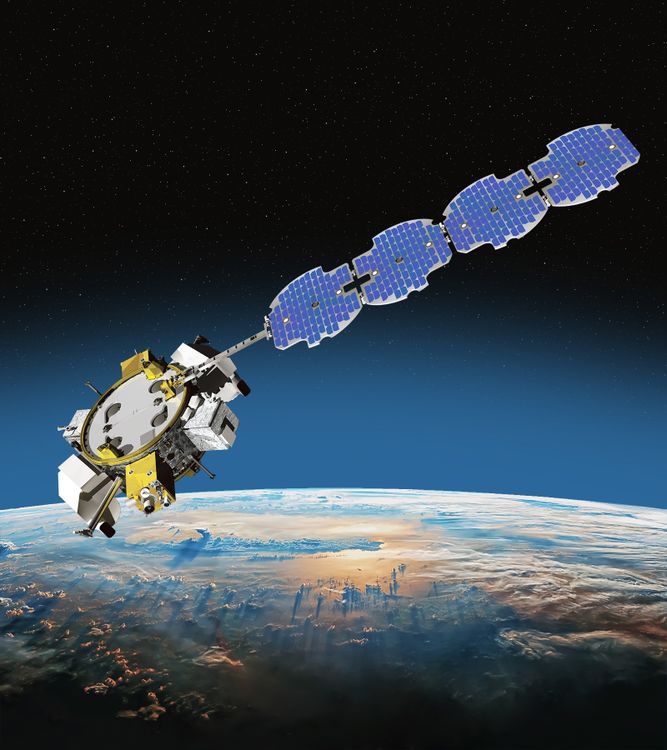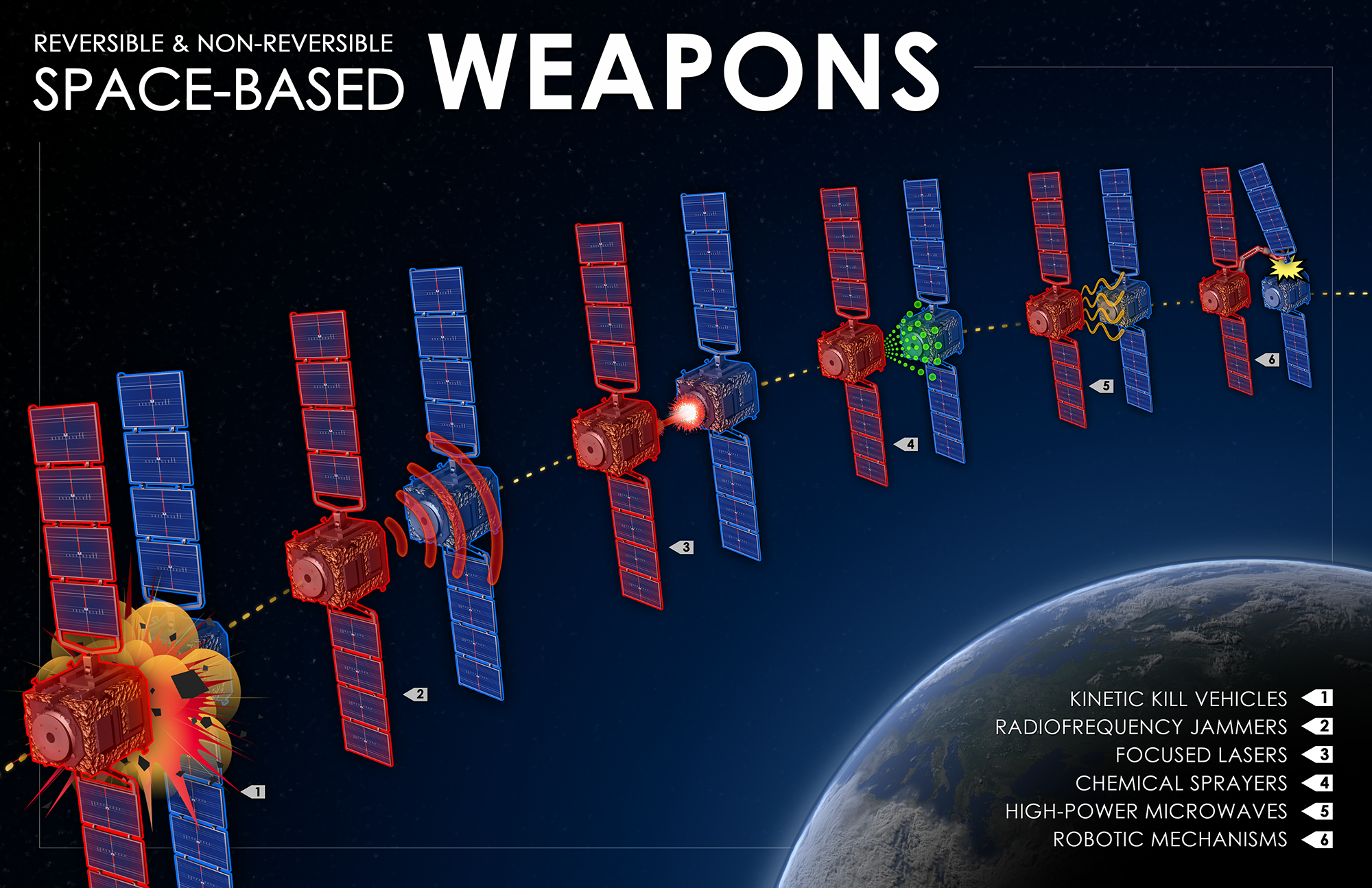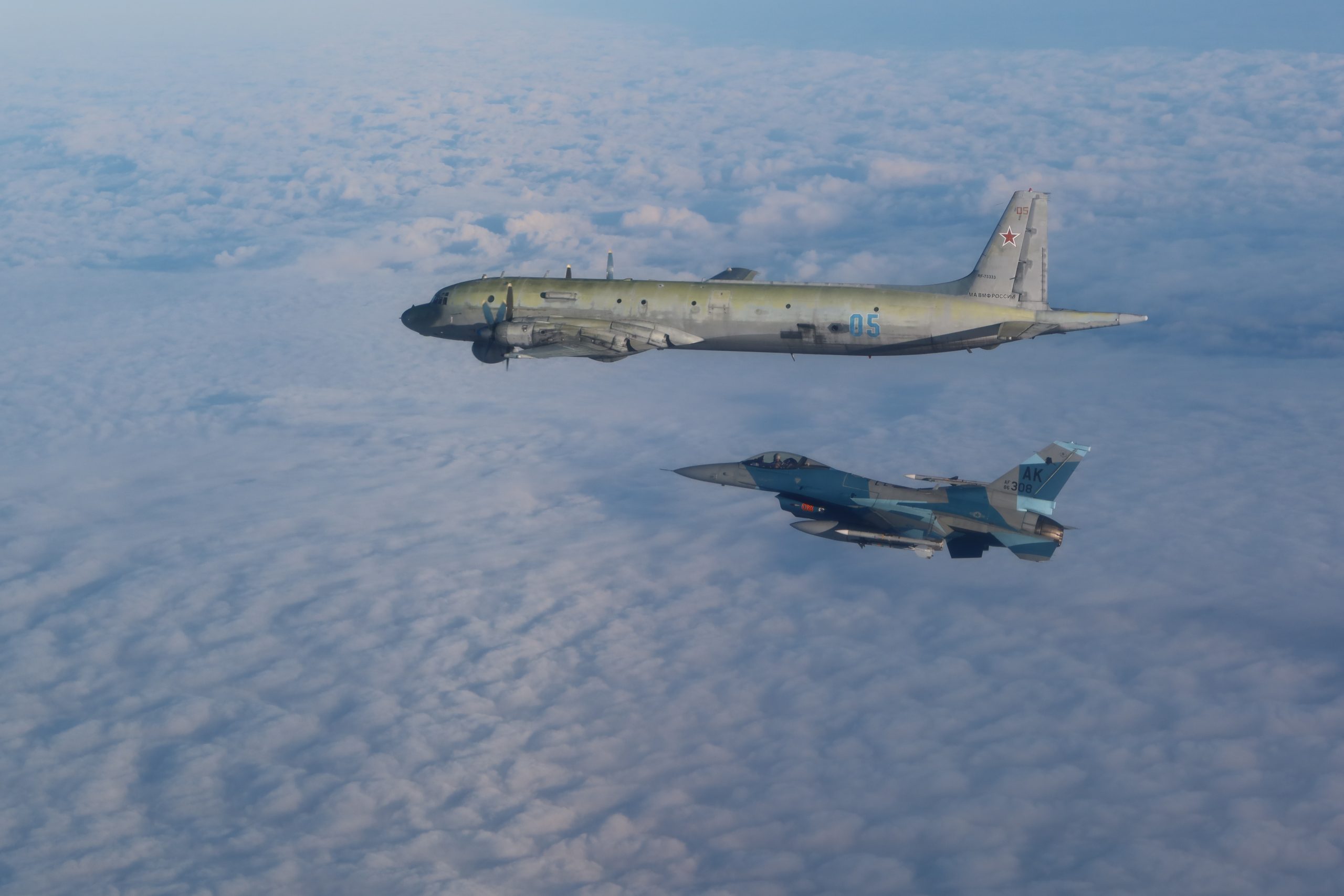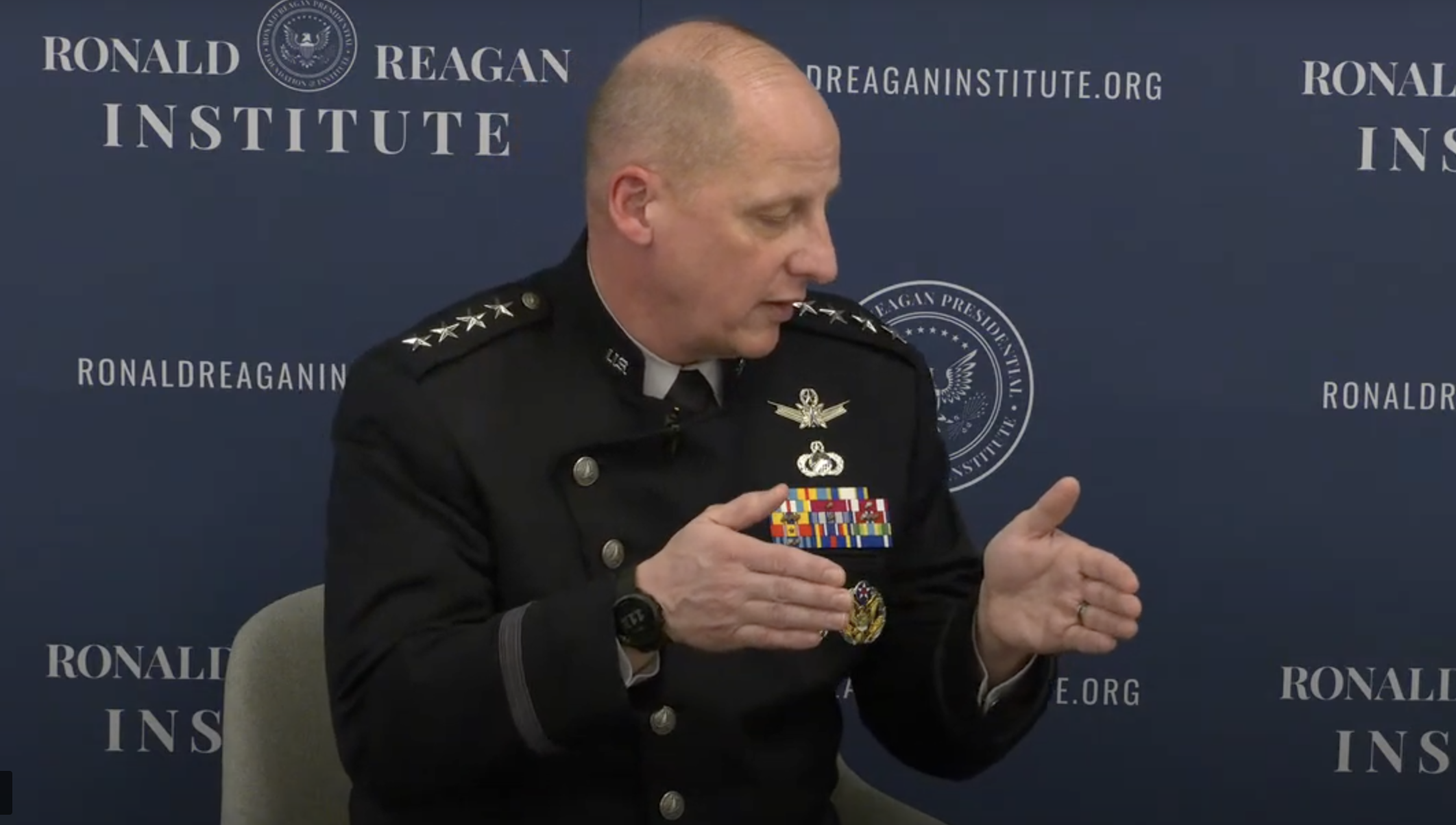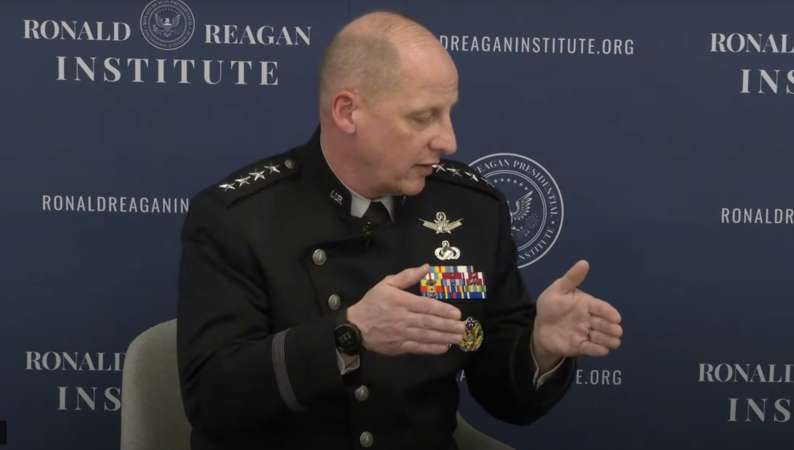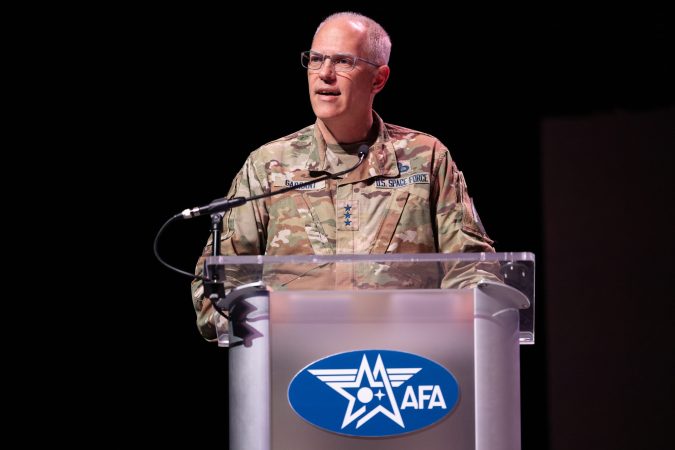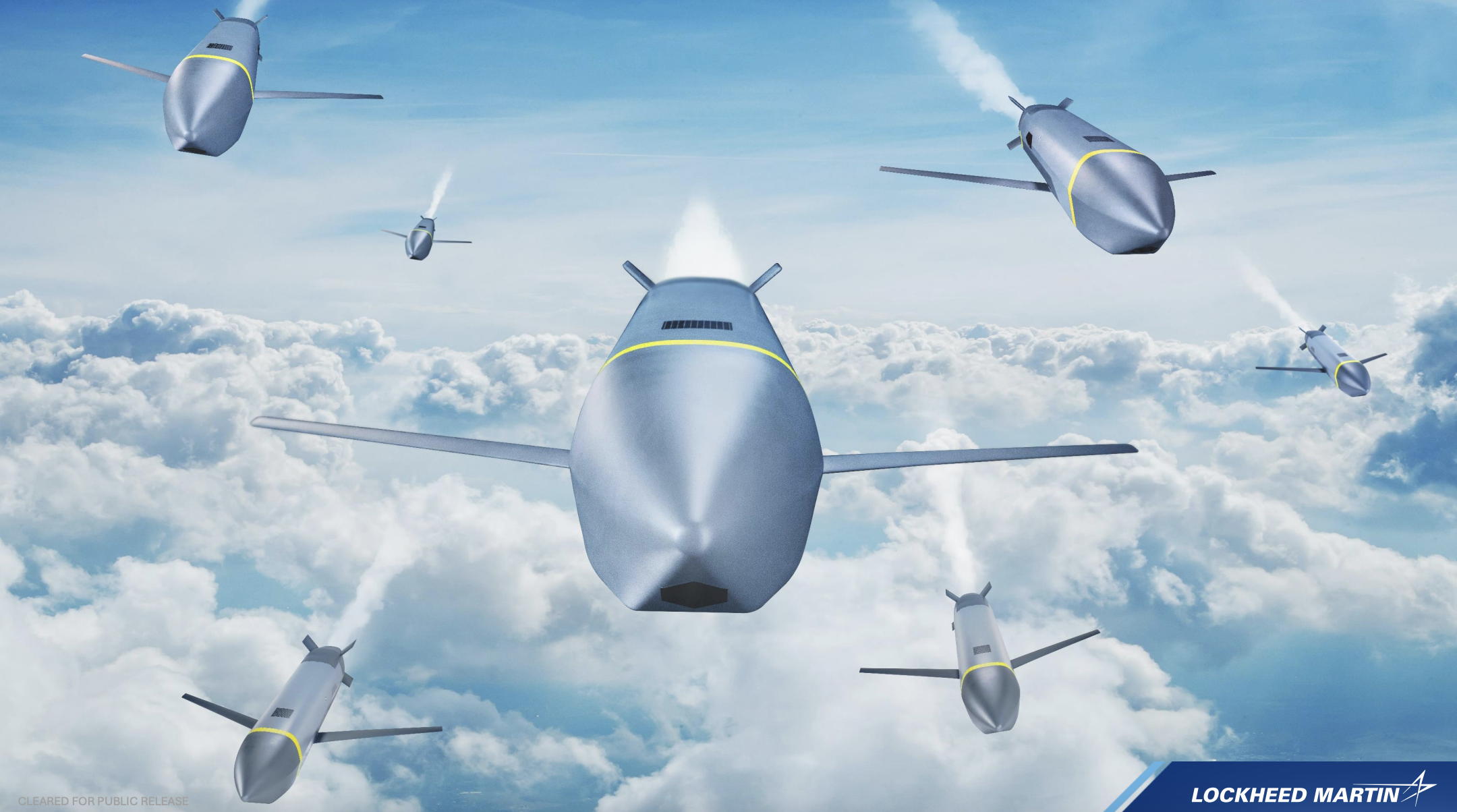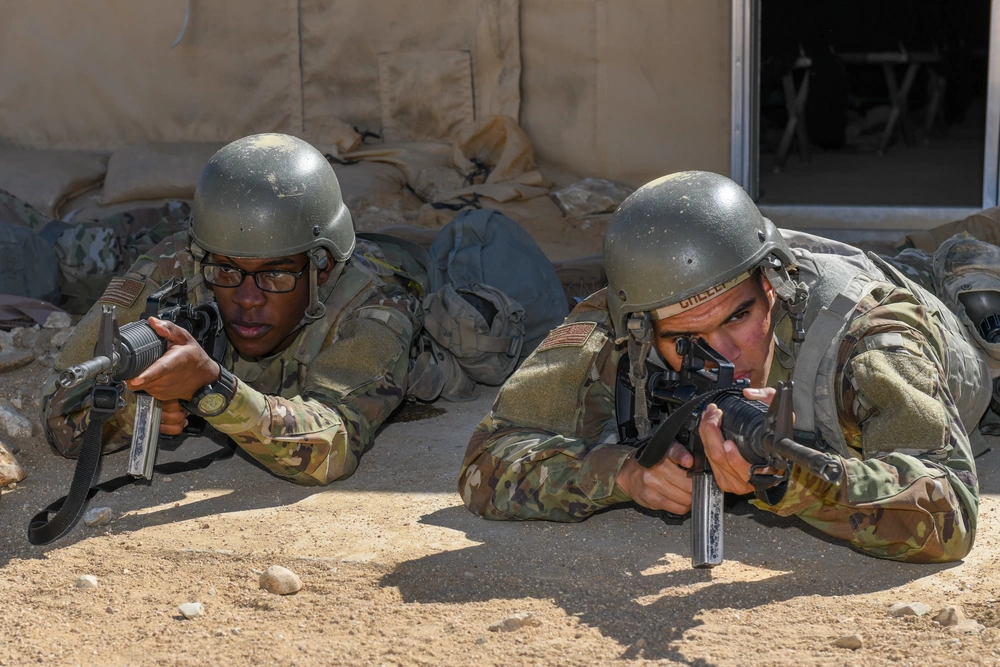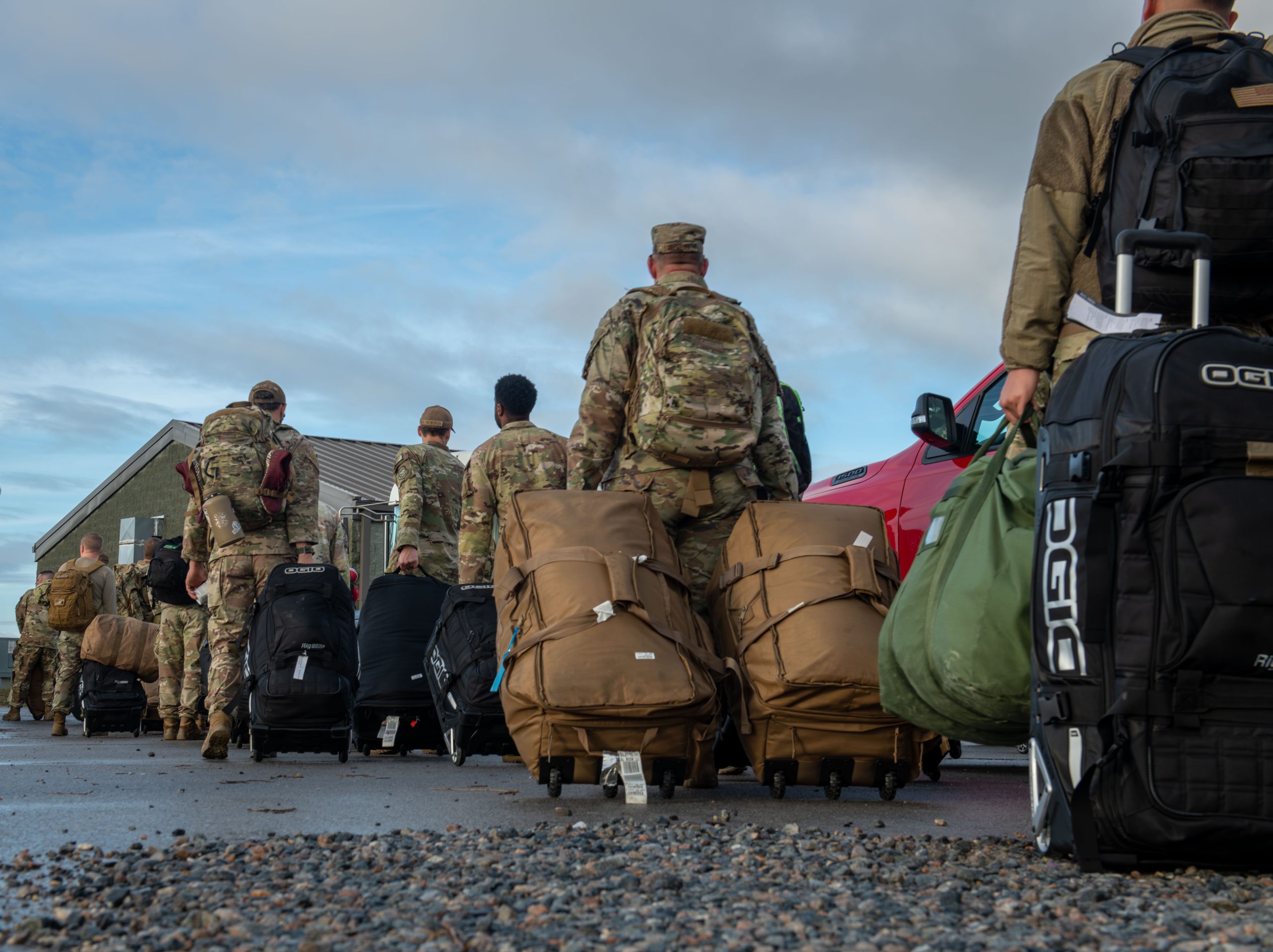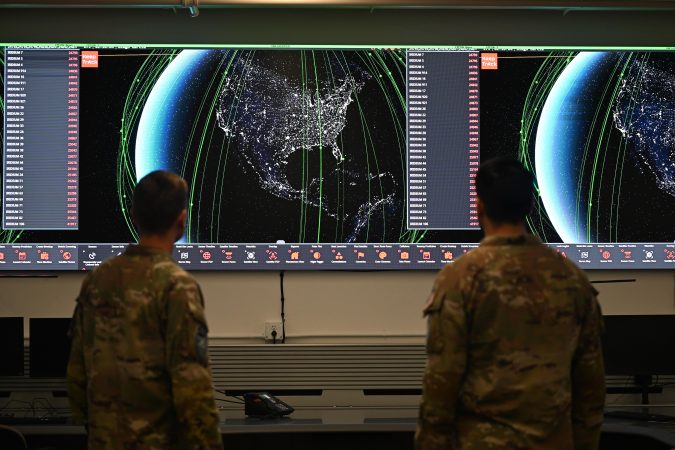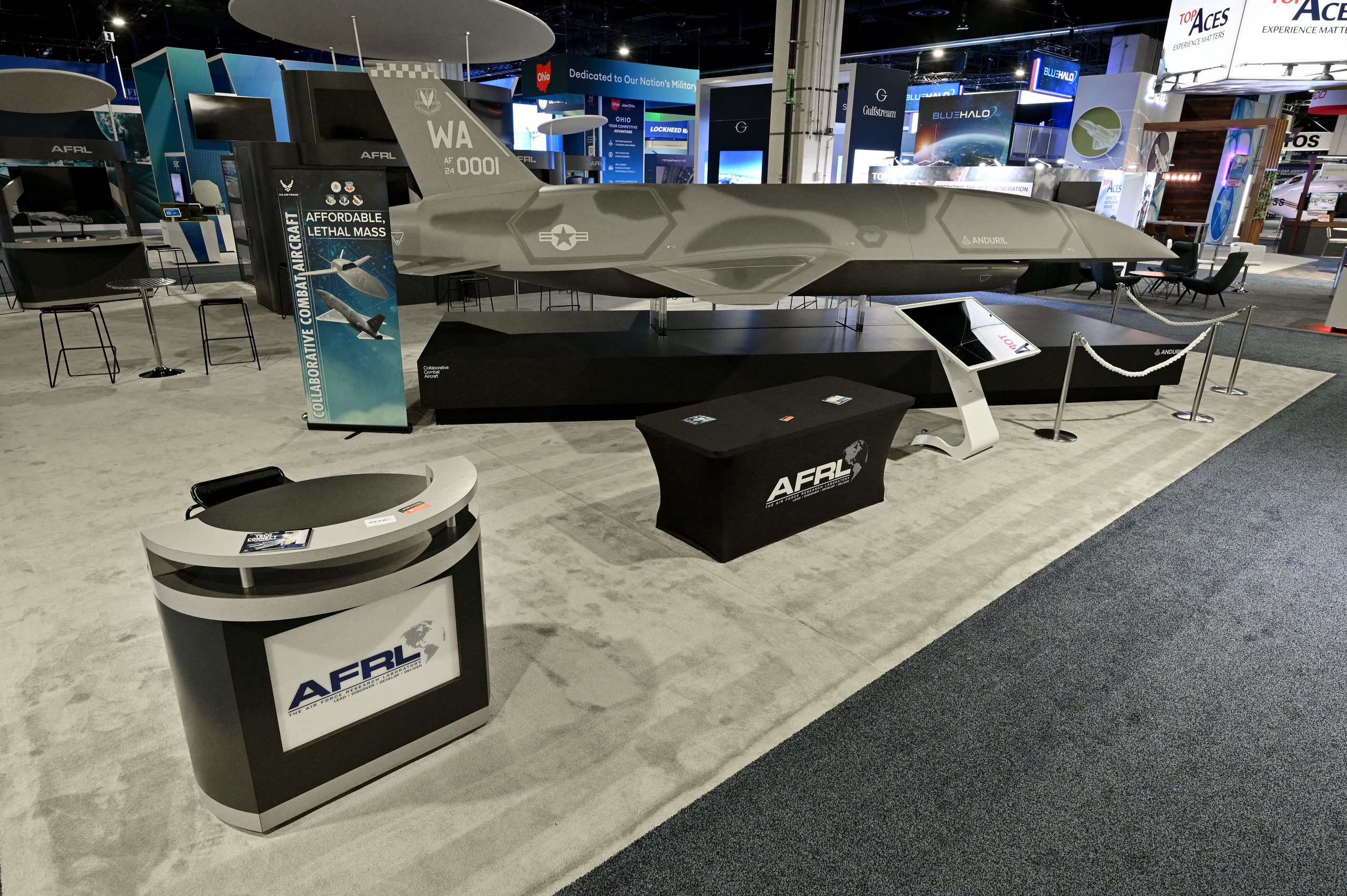AURORA, Colo.—The Space Rapid Capabilities Office quietly launched prototype payloads on a satellite two years ago to signal operators when the spacecraft is being tracked by China’s space surveillance network—a capability the office could deploy aboard other satellites.
Director Kelly Hammett revealed the tests during a media roundtable at the AFA Warfare Symposium as an example of the Space RCO’s operational successes.
“We launched some situational awareness indications and warning payloads on the [LDPE-3A], a satellite in January of 2023 that those payloads have been flying for a couple of years now, collecting all kinds of very interesting data on, I’ll say, the Chinese SISO network,” Hammett said.
A SISO network refers to the sensors and radars used for Space Object Surveillance and Identification. China in recent years has launched hundreds of intelligence satellites to watch Earth, but less is known about how China monitors space.
Space Force officials say China is developing the ability to track and target U.S. satellites. USSF has its own satellites, radars, and telescopes that track objects in space, including the Geosynchronous Space Situational Awareness Program and the Space-Based Space Surveillance program.
But the payloads being tested by the Space RCO would boost any satellite’s situational awareness, and could theoretically be added to any satellite bus.
“These are sensors that can tell whether you’re being observed, tracked, targeted—those types of things,” Hammett said. “That’s a capability that we’re trying to drive into the larger Space Force.”
In January, the Space RCO disclosed it is tasking a number of space startups with exploring technologies for “own-ship awareness,” the mission that the LDPE-3A payloads started testing two years ago.
While space domain awareness and space situational awareness focus on tracking other objects in orbit, own-ship awareness is the ability to “detect and report anomalies, hazards, and threats to individual satellites,” according to a Space RCO release from January.
“We really want to focus on the operator’s needs for awareness,” a Space RCO official told Air & Space Forces Magazine in January. There’s someone on console who is responsible for the health of that satellite, responsible for deciding where to move it or not, and that person needs awareness of their own ship.”
At the symposium, Hammett confirmed the two efforts are connected.
“We’re doing [an] on-orbit, self-awareness indications and warning type of thing,” Hammet said. “We’re flying payloads that do this right now. We would like to proliferate this capability across the entire Space Force. So how do we get more providers? How do we get cheaper and more affordable options?”
The own-ship awareness program, still in its infancy, will pair small companies together to develop pitches without a formal procurement office, with the idea that the results can be incorporated into future satellite programs.
SCAR
Much of the Space RCO’s programs are highly classified, but a few are known. Perhaps the biggest: the Satellite Communications Augmentation Resource (SCAR), which will provide desperately needed upgrades to the Satellite Control Network (SCN).
SCN includes 19 antennas stationed around the world, from Diego Garcia in the Indian Ocean to the village of Oakhanger in southern England to Schriever Space Force Base, Colo. The system is used to track satellites’ locations, collect health and status reports, and control subsystems, such as power supplies, antennas and mechanical and thermal systems. But SCN’s antennas are old and limited; they can only connect with one satellite at a time, a design limitation that was manageable in the past but is increasingly untenable in an era of proliferating spacecraft satellites.
SCAR will add electronically steerable phased-array antennas to the network, enabling operators to connect with multiple satellites at once. Hammett said he expects the first of these new antennas to be delivered later this year from USSF’s supplier, Blue Halo. He also said the RCO has found it can “modularize” the antennas, known as “Badgers,” to better suit a given mission requirement.
“You can configure various site installation configurations depending on the mission,” Hammett said. “So you might have, for example, two badgers for a LEO set of contacts, you might have four or six if you want wide field of regard over GEO, [or] if you want narrow, you might have four. So we’re in the process of [defining] what configuration you need for which mission sets.”
